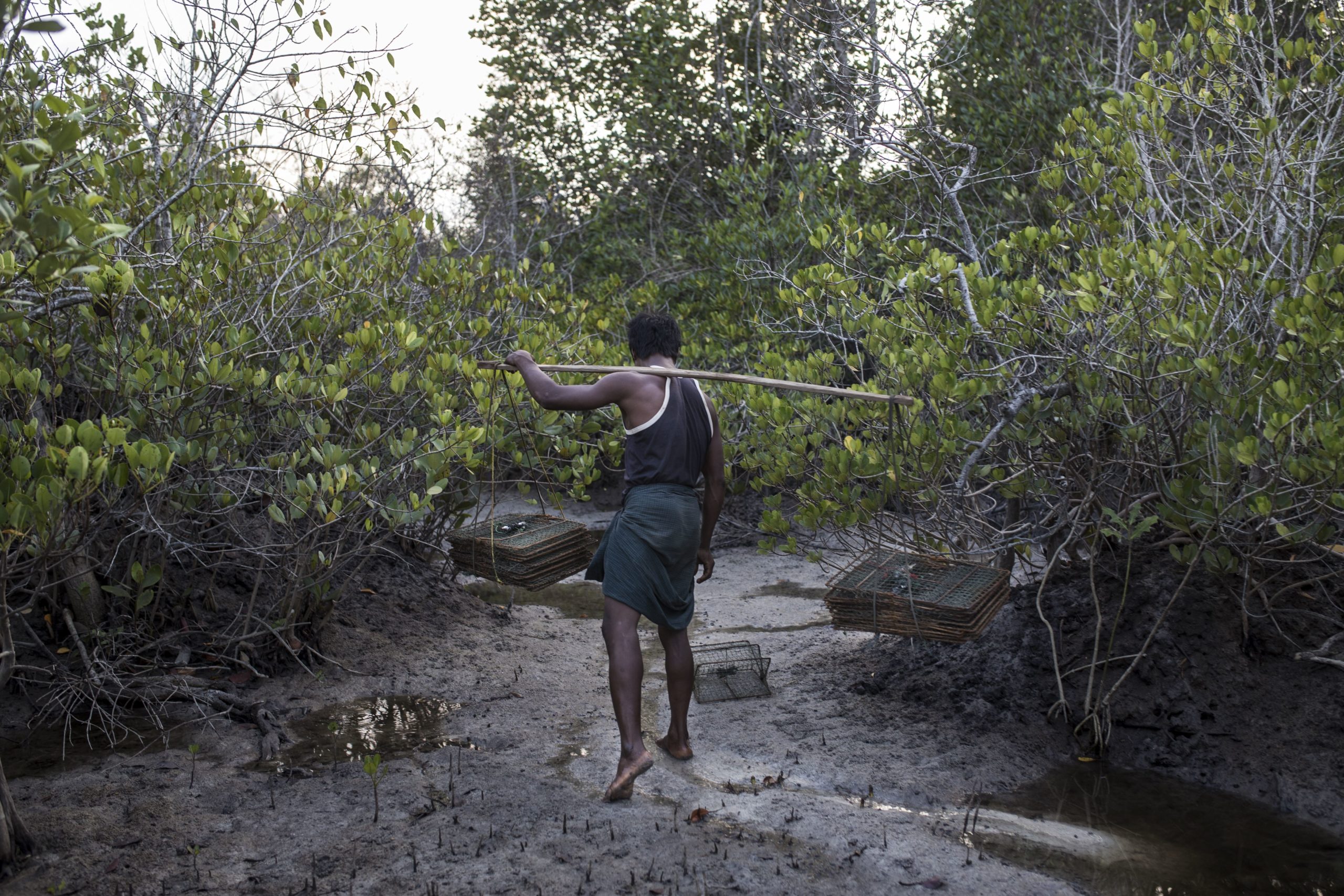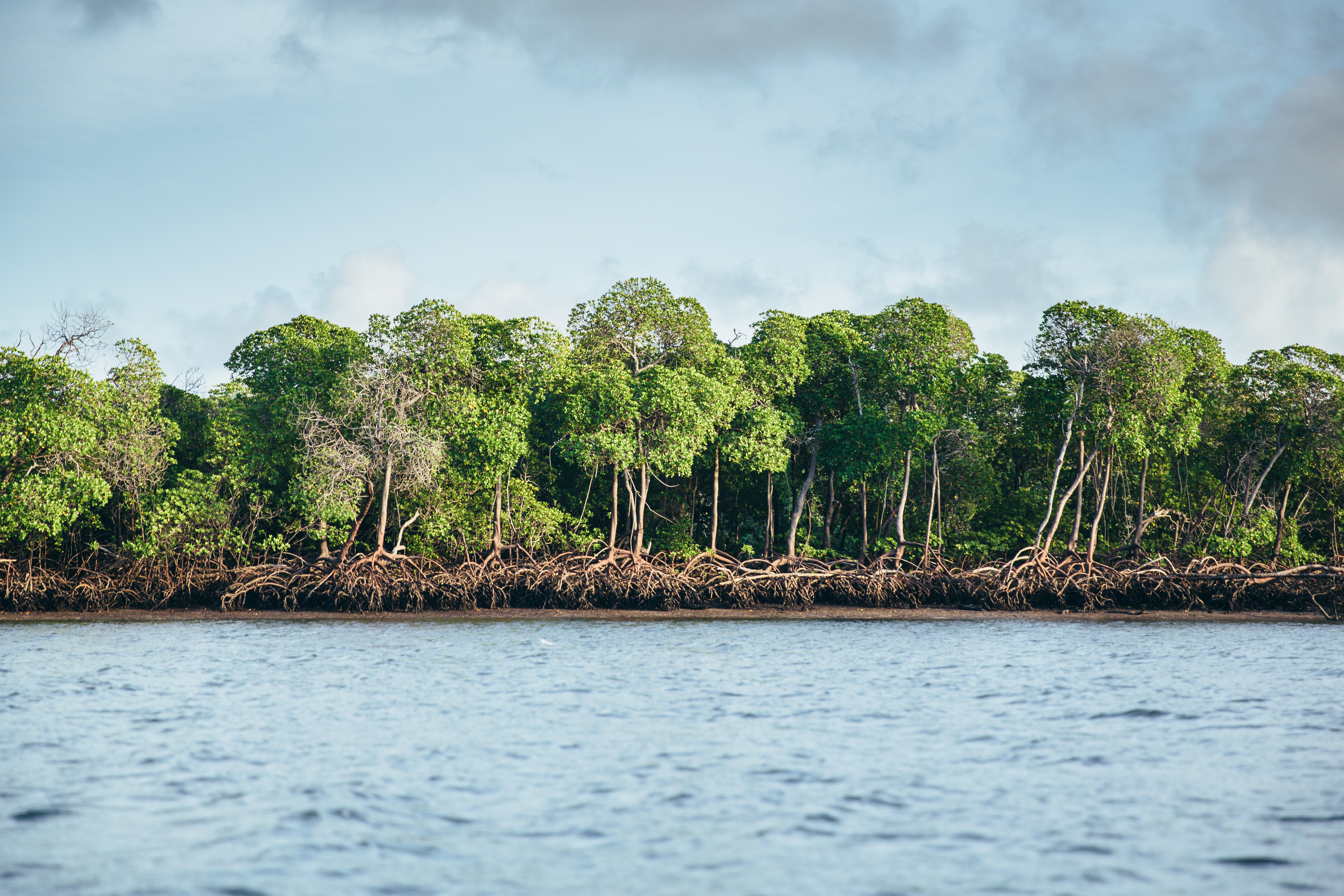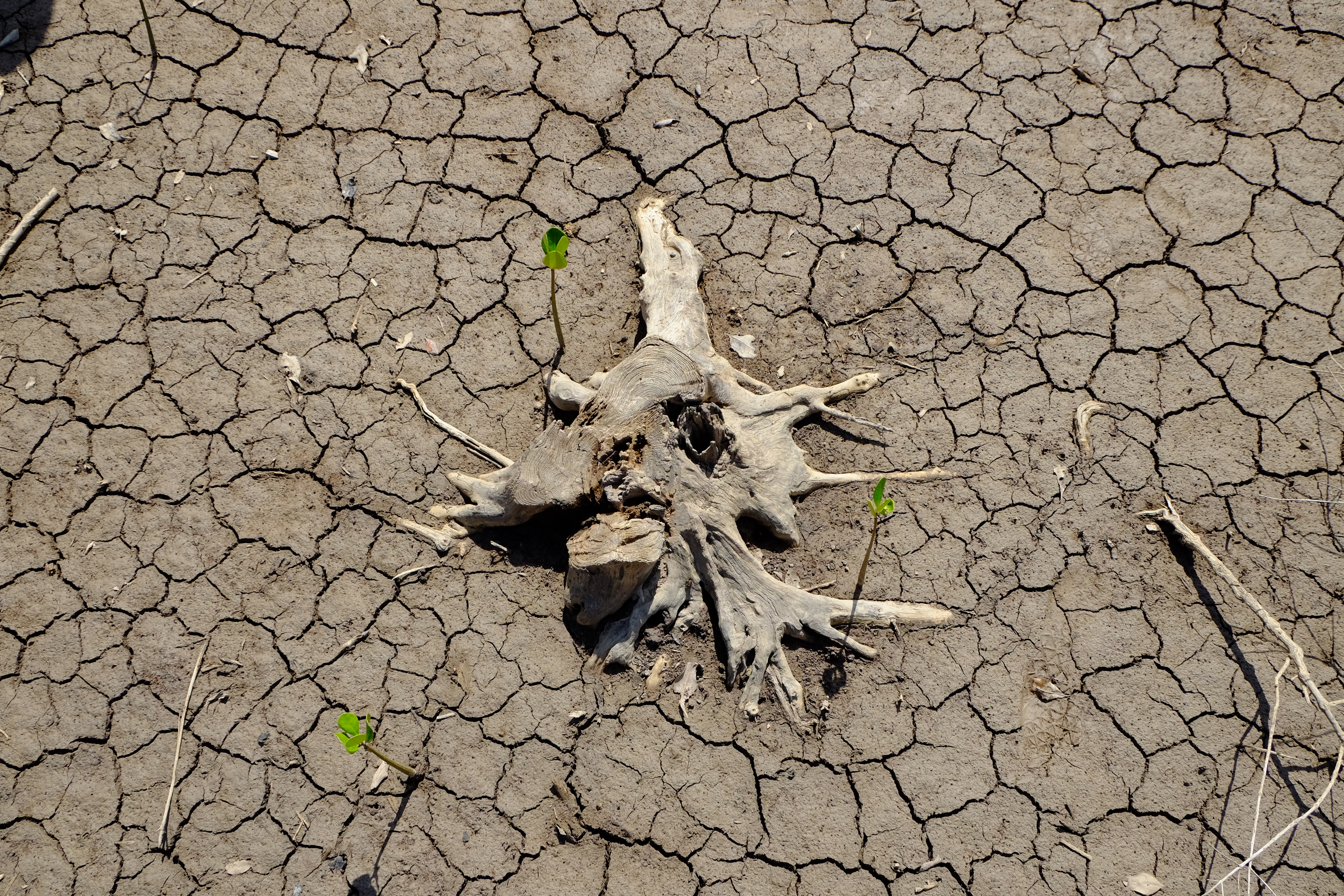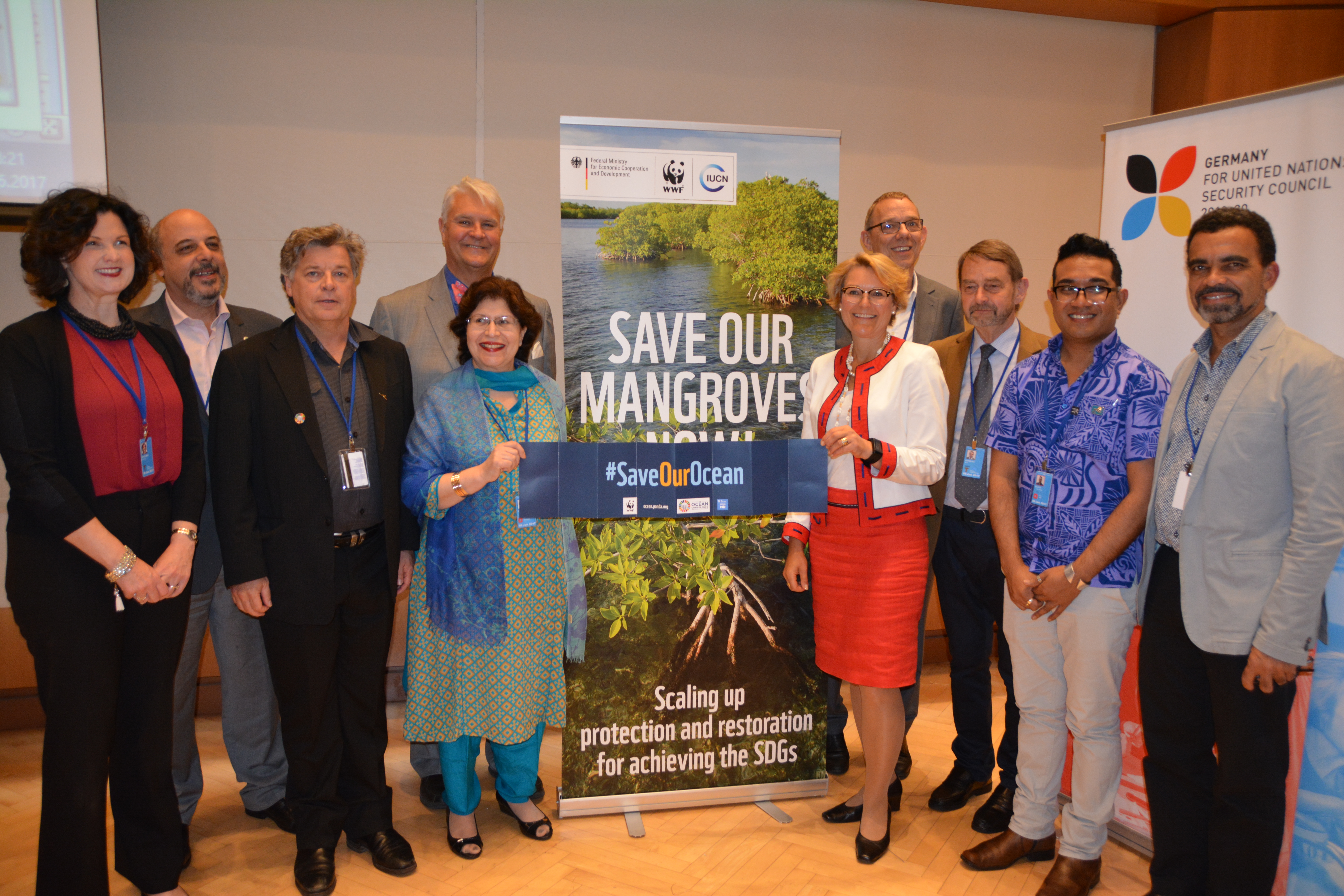#humangroves
Mangroves provide livelihoods for over 120 million people
Mangroves are forests located between sea and land. They are a crucial component in the life cycle of tropical coastal ecosystems. The loss of mangroves would have dramatic consequences for humans and nature: they are habitat and nursery for over 3000 fish species as well as crabs, shrimps and other commercially relevant species. Many coastal communities live off fishing in the mangroves and adjacent coastal waters. Small-scale fishing is one of the most important economic sectors in many developing countries. When the mangroves are destroyed, many coastal communities lose an important source of subsistence and income.

Crab traps being placed in the mangroves © Minzayar Oo / WWF-US
Mangroves are life-savers
Known for their complex root systems, which allow them to thrive in the intertidal zone, mangroves trap solids suspended in the water and build up powerful sediment deposits. Thus, they form a protective barrier that reduces the energy and height of waves and protect the coast and the people living there from storms and floods. A mangrove belt of 100 m width can reduce the wave height by two-thirds. Mangrove restoration is up to five times more cost-effective compared to artificial breakwaters. Therefore mangroves save lives during storms and floods.

Kenya's Lamu seascape © Jonathan Caramanus / Green Renaissance / WWF-UK
Mangroves are climate-savers
Mangrove leaves that fall into the water do not decompose as quickly as they would on land due to anaerobic conditions. Over thousands of years, massive sediment deposits are formed, enabling them to store 3 to 5 times more carbon per hectare than tropical upland forest. Mangroves hold the soil together, and their destruction releases the carbon stored up for millennia. Scientists have calculated that the annual carbon emissions due to mangrove loss are greater than those of Austria. Mangroves have a positive impact on the global climate thanks to their carbon storage. Mangrove loss turns the “climate savior” into a “climate killer”.

Mangroves regrowing between stumps © Uwe Johannsen / WWF Germany
Mangroves are threatened
About a third of the world’s mangroves have been destroyed since the 1980s. They are cleared for timber and firewood as well as aquaculture, agriculture and infrastructure. More than a third of mangrove losses are attributed to shrimp farming. In addition to rice cultivation, mangroves areas are increasingly threatened by soybean and palm oil plantations; the latter markedly in Indonesia, the country with the largest mangrove population in the world. Overall, increasing population and use of coastal areas, e.g. by tourism, significantly intensifies the pressure on mangroves. In addition to direct land use conflicts, growing pollution, e.g. from sewage and litter, additionally weakens these valuable coastal ecosystems.

„Save Our Mangroves Now!“ at the UN Ocean Conference in New York © WWF
The German Federal Ministry for Economic Cooperation and Development (BMZ), World Wide Fund for Nature (WWF) and the International Union for Conservation of Nature (IUCN) join forces in the international mangrove initiative “Save Our Mangroves Now!” to halt the global loss of mangroves.
@MangrovesNow #humangroves
UNEP. The Importance of Mangroves to People: A Call to Action. UNEP-WCMC (United Nations Environment Programme – World Conservation Monitoring Centre, 2014).
Sheaves, M. How many fish use mangroves? The 75% rule an ill-defined and poorly validated concept. Fish Fish. 18, 778–789 (2017).
Spalding, M., McIvor, A., Tonneijck, F. H., Tol, S. & van Eijk, P. Mangroves for coastal defence: Guidelines for coastal managers & policy makers. (2014).
Narayan, S. et al. The Effectiveness, Costs and Coastal Protection Benefits of Natural and Nature-Based Defences. PLoS One 11, 1–17 (2016).
Donato, D. C. et al. Mangroves among the most carbon-rich forests in the tropics. Nat. Geosci. 4, 293–297 (2011).
Pendleton, L. et al. Estimating Global “Blue Carbon” Emissions from Conversion and Degradation of Vegetated Coastal Ecosystems. PLoS One 7, 1–7 (2012).
European Commission / Joint Research Centre (JRC) / PBL Netherlands Environmental Assessment Agency. EDGARv4.3.2. Emission Database for Global Atmospheric Research (EDGAR), release version 4.3.2 (2018). Available at: http://edgar.jrc.ec.europa.eu/overview.php?v=CO2ts1990-2015&sort=des9. (Accessed: 11th March 2018)
Millennium Ecosystem Assessment. Ecosystems and Human Well-being: Synthesis. 5, (2005).
Valiela, I., Bowen, J. L. & York, J. K. Mangrove Forests: One of the World’s Threatened Major Tropical Environments. Bioscience 51, 807–815 (2001).
Mukherjee, I. & Sovacool, B. K. Palm oil-based biofuels and sustainability in southeast Asia: A review of Indonesia, Malaysia, and Thailand. Renew. Sustain. Energy Rev. 37, 1–12 (2014).